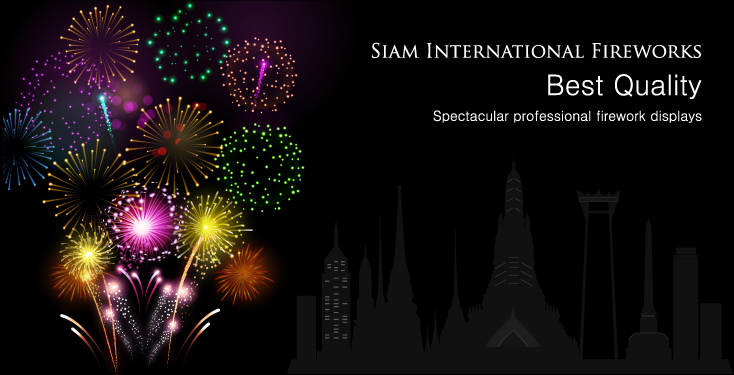
...................................
The sizes and patterns
of fireworks display shells, considering their air openings
and fallout zones, in relation to the neighboring environments
of the shooting area, are of paramount importance to safety
criteria.
In general, the vicinity
of the shooting areas must be free from such inflammable
materials, as gas stations, dry grasses, hays, leaves and
etc. Such areas should have a safety clearance diameter
of at least 200 meters or the radius of 100 meters in all
directions.
The audience or crowd watching
fireworks shows should stay away from the shooting sites,
and any unauthorized persons not directly or officially
involved with the shooting crews or pyrotechnics team will
not be allowed to stay close or near the shooting base.
It is believed that the best distance of watching fireworks
is about 100 meters away from the shooting base, whereas
the safest distance is from 150 meters onward.
Shooting
crews at the Class B shoot
line must wear protective clothing and hard hats preferably
with safety glasses. Fire fighting as well as any safety
equipment should be prompt at hands if deemed appropriate
to the surrounding conditions of the shooting sites.

